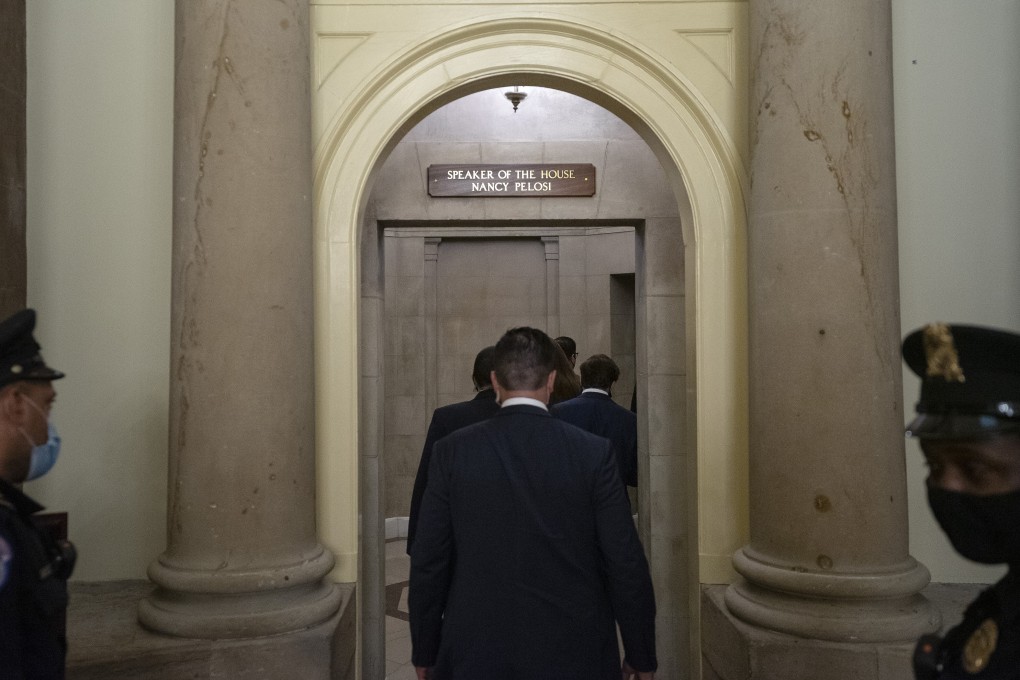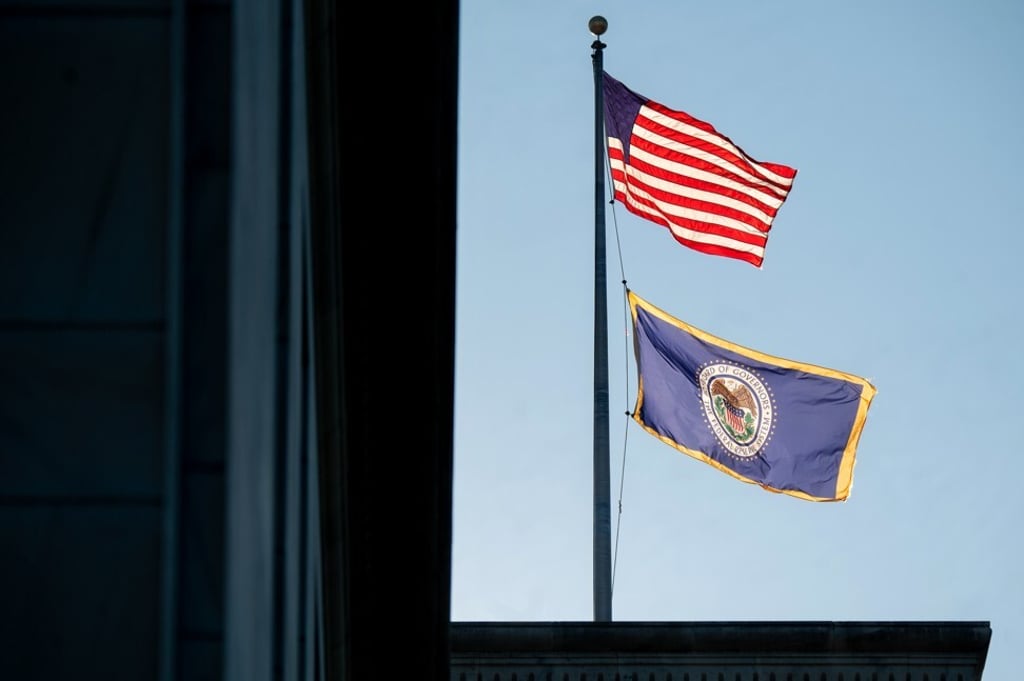Opinion | US coronavirus stimulus: in the end, it’s Americans who must pay for it
- Inflation helped reduce the federal government’s massive debt obligations post WWII, but such a strategy won’t work with today’s investors, who have other options
- The US must issue longer-term bonds at today’s low rates and reform its retirement programmes to defuse the debt bomb, or face bankruptcy

The US today not only looks ill, but dead broke. To offset the pandemic-induced economic downturn, the US Federal Reserve and Congress have marshalled staggering sums of stimulus spending, out of fear that the economy would otherwise plunge to 1930s soup-kitchen levels.
To answer such questions, we should reflect on the lessons of World War II, which did not bankrupt the US, even though debt soared to 119 per cent of GDP.
WWII was financed with a combination of roughly 40 per cent taxes and 60 per cent debt. Buyers of that debt received measly returns. These US bonds were bought predominantly by American citizens out of a sense of patriotic duty.

Patriotism aside, many Americans bought Treasury bonds out of a sheer lack of other good choices. Until the deregulation of the 1980s, federal laws prevented banks from offering high rates to savers.
While US equity markets were open to investors, brokers’ commissions were hefty, and only about 2 per cent of American families owned stocks. Investing in the stock market seemed best-suited to Park Avenue swells, or for amnesiacs who had forgotten the 1929 crash. By contrast, a majority of American households own equities today.

